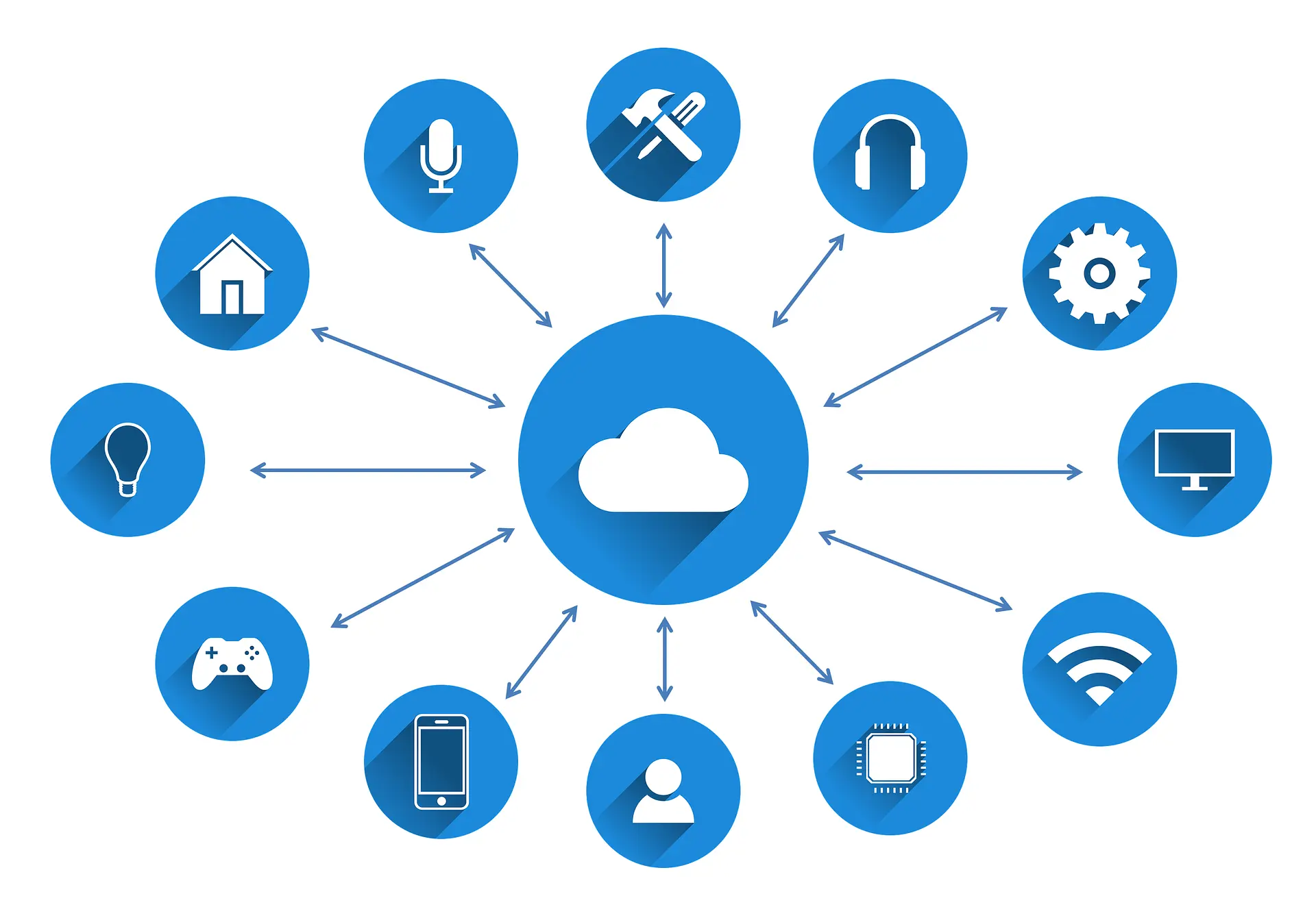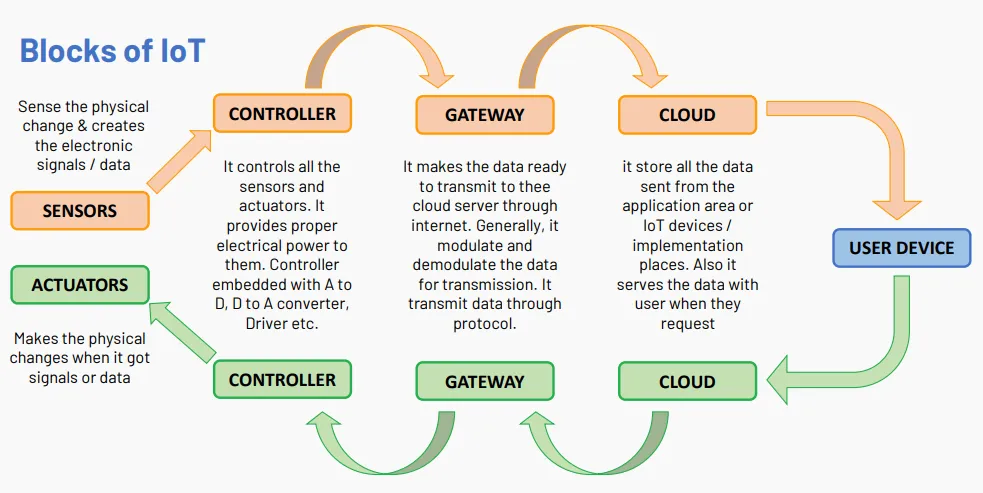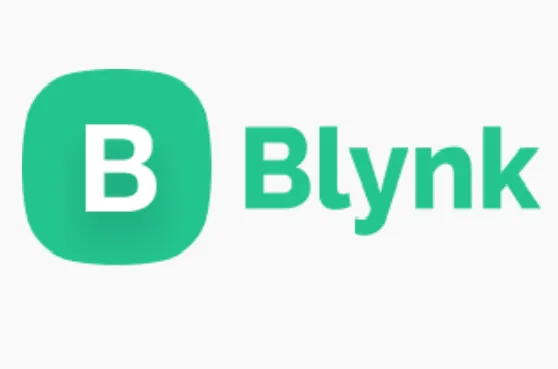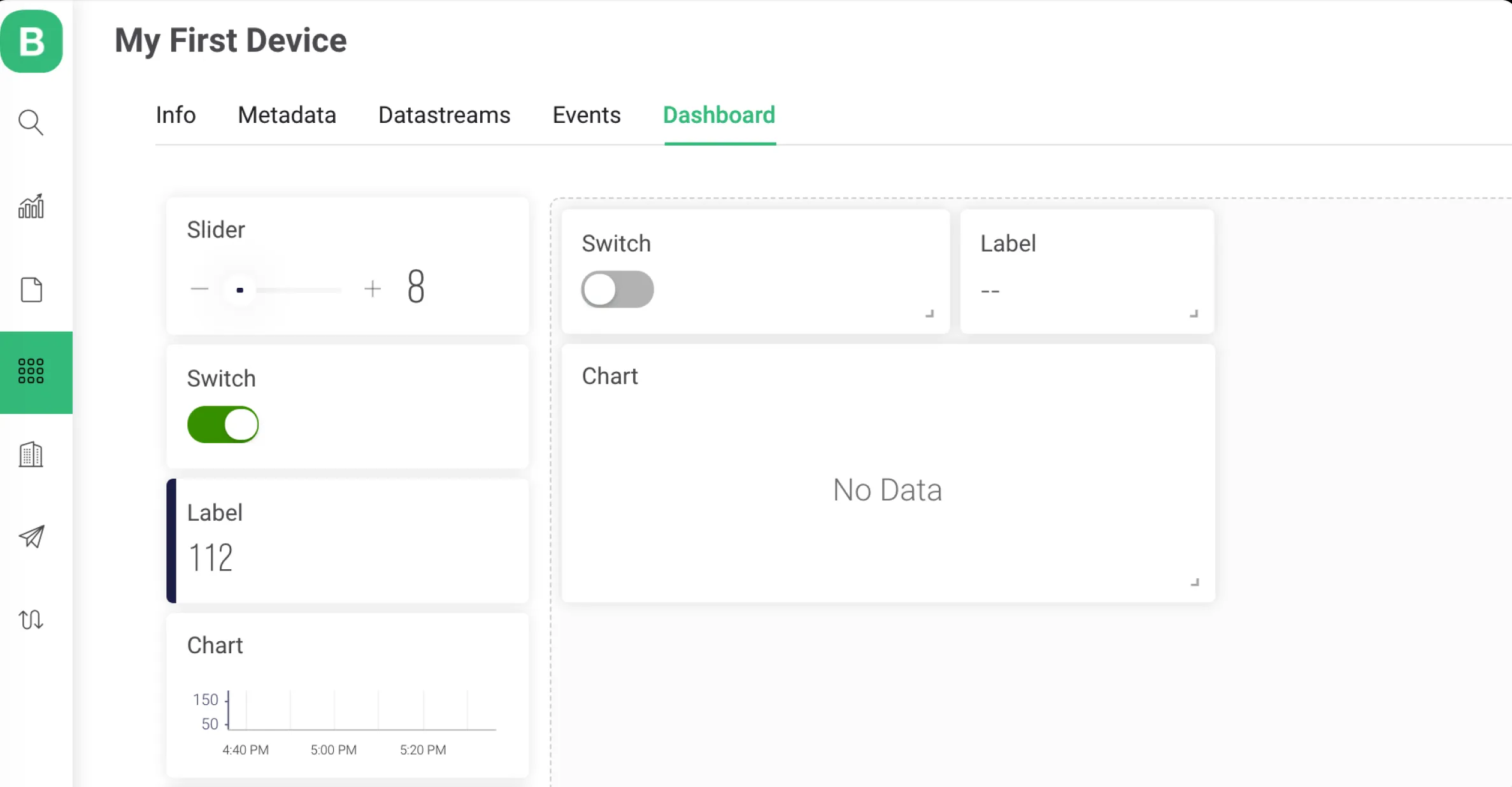Exploring the World of Blynk IOT: A Beginner's Guide
Introduction to IOT
Internet of Things (IoT) is a revolutionary concept that refers to a network of interconnected devices, objects, and systems that communicate and interact with each other over the internet or other communication protocols. These devices are embedded with sensors, actuators, and connectivity capabilities, enabling them to collect and exchange data, make intelligent decisions, and perform specific actions without direct human intervention.

The main components of IoT include:
1. Devices and Sensors:
IoT devices are the physical objects or things that are equipped with sensors and actuators to collect and transmit data. Sensors capture various types of data such as temperature, humidity, light, motion, and more.
2. Connectivity:
IoT devices are connected to the internet or a network, allowing them to communicate and share data with other devices and centralized systems. Common communication protocols used in IoT include Wi-Fi, Bluetooth, Zigbee, LoRaWAN, cellular networks (2G, 3G, 4G, and 5G), and more.
3.Data Processing and Analytics:
The data collected by IoT devices is processed and analyzed to derive meaningful insights. Analytics tools and algorithms are used to make sense of the data, detect patterns, trends, and anomalies, and derive actionable information.
4. Cloud Computing:
Cloud platforms play a crucial role in IoT by providing a scalable and secure infrastructure for storing, processing, and analyzing large volumes of data generated by IoT devices. Cloud services enable real-time data processing, storage, and access from anywhere.
5. Applications and Services:
IoT applications and services utilize the analyzed data to provide value to end-users. These applications can range from smart home systems, industrial automation, healthcare monitoring, agriculture, transportation, and more.
6. Security and Privacy:
Ensuring the security and privacy of IoT data is paramount. IoT devices and networks need robust security measures to protect against cyber-attacks and unauthorized access. Encryption, authentication, and secure software development practices are essential in IoT security.
7. User Interface and Experience:
A user interface allows users to interact with and control IoT devices. This interface can be a mobile app, web portal, or a voice-controlled system that provides an intuitive and seamless user experience.
Blocks of IOT
In the context of IoT (Internet of Things), "blocks" refer to fundamental components or building blocks that constitute the IoT ecosystem. These components work together to enable the functionalities and capabilities of IoT systems. Here are the essential blocks of IoT

Blynk Platform
One app to prototype, deploy, and remotely manage connected electronic devices at any scale. Blynk is an IoT platform for iOS or Android smartphones that is used to control Arduino, Raspberry Pi and NodeMCU via the Internet. This application is used to create a graphical interface or human machine interface (HMI) by compiling and providing the appropriate address on the available widgets.

Introduction Blynk Web Console
The Blynk Web Console is a web-based platform designed for IoT (Internet of Things) development. It allows users to remotely monitor and control connected devices and sensors using a graphical interface. With Blynk, you can create custom dashboards, design user-friendly interfaces, and access real-time data from your IoT projects. It simplifies Internet of Things project management and offers a userfriendly approach to building and managing connected applications.

Blynk Mobile Application
The Blynk mobile application is a versatile tool for IoT (Internet of Things) enthusiasts and developers. It enables users to control and monitor connected devices and sensors remotely through their smartphones. With a user-friendly interface, Blynk allows for the creation of custom dashboards and control panels for IoT projects. It offers real-time data visualization, control, notifications, and interaction with connected hardware, making it an essential app for managing and enhancing IoT applications.

Conclusion
IoT has immense potential to transform various industries and improve efficiency, productivity, and quality of life. However, it also poses challenges such as privacy concerns, data security, interoperability, and standardization that need to be addressed for the widespread and successful adoption of IoT technologies.